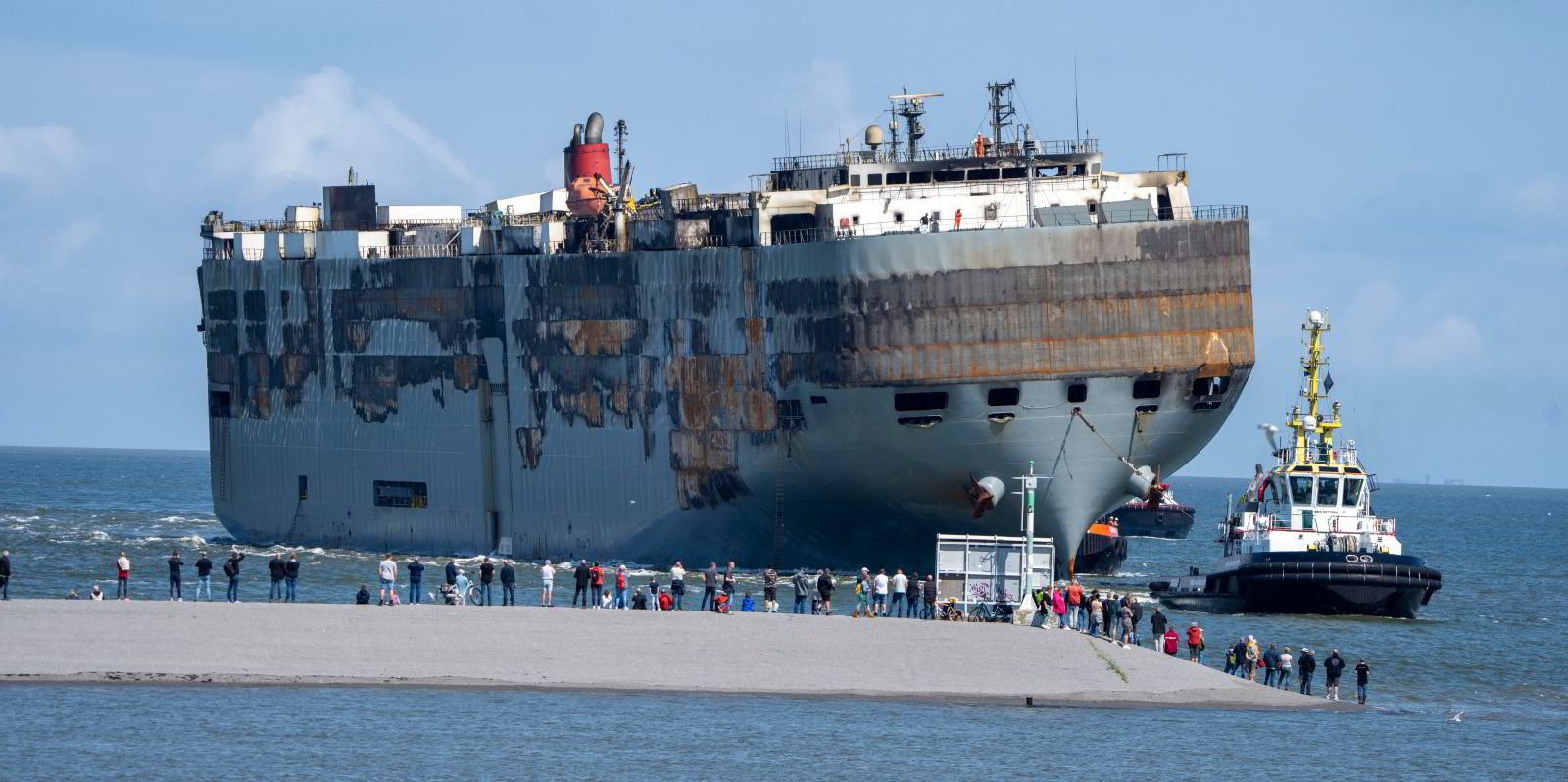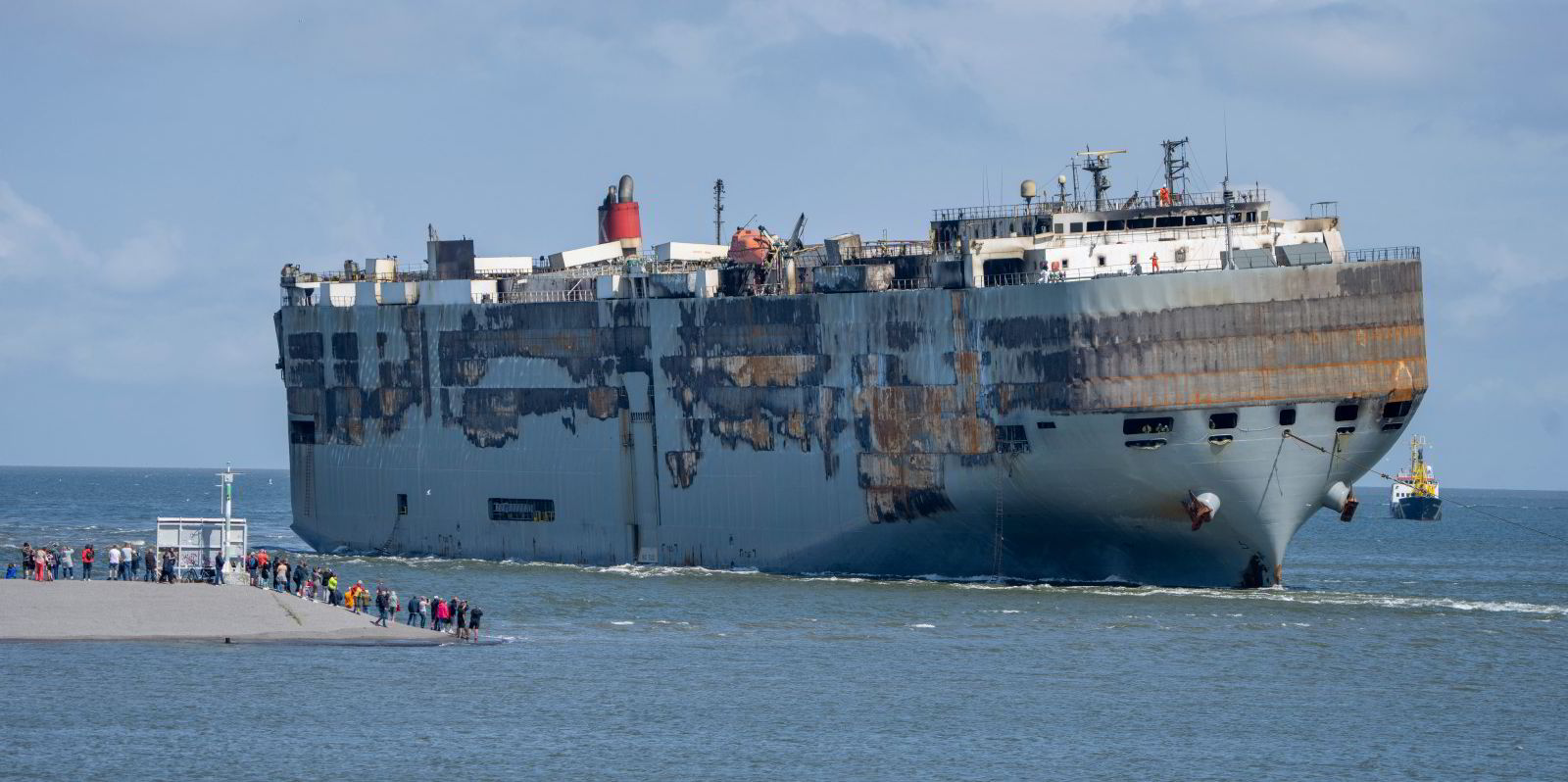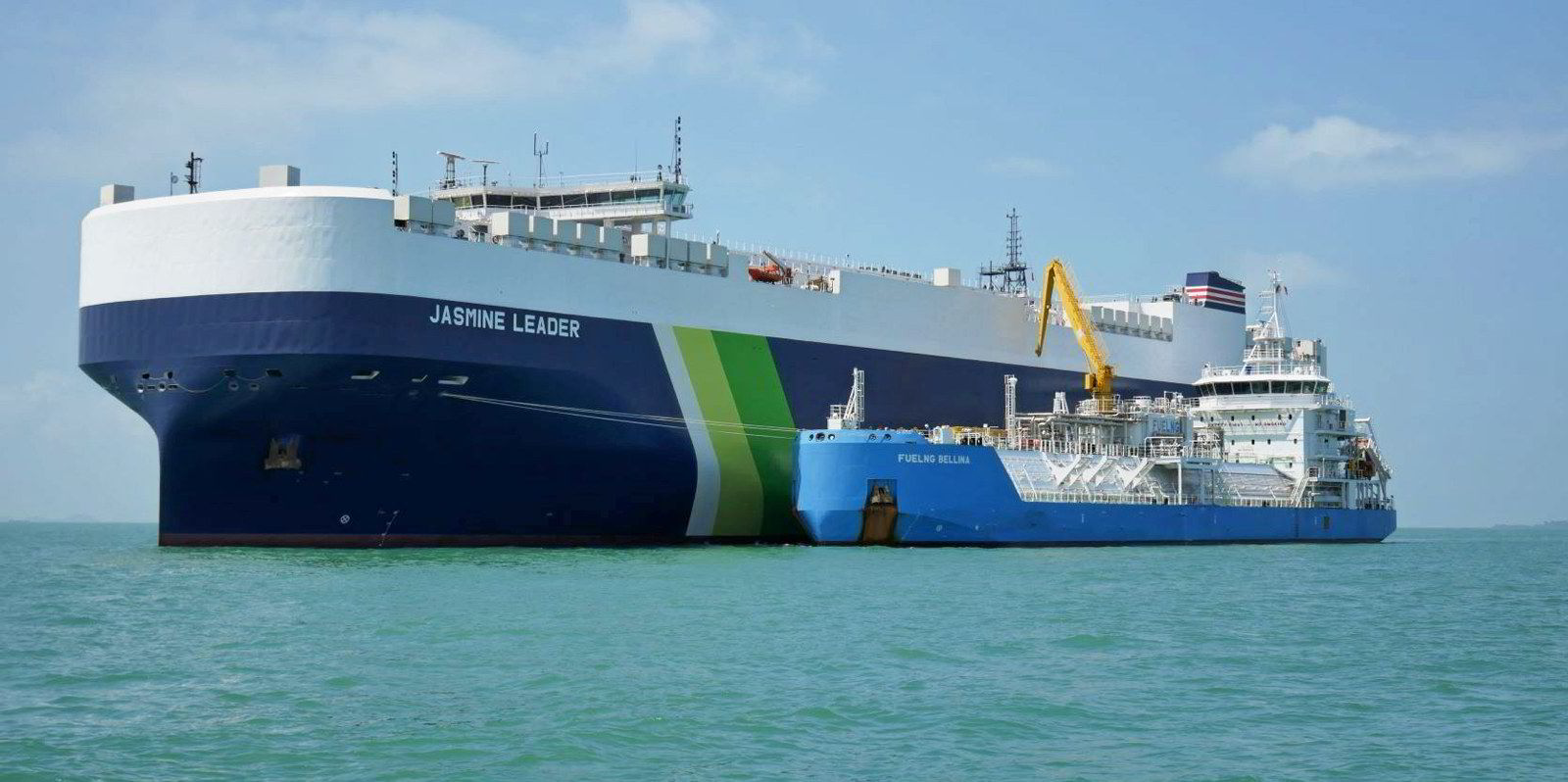Ro-ro owners need to step up training of on board firefighting to combat new threats from electric vehicle fires.
Speaking during a ship safety panel at Donso Shipping Meet, Alexander Kleiman of Danish fire safety organisation DBI said shipowners need to go above and beyond the training called for by international standards to ensure the safety of their crews, their ships and the cargo they transport.
“Our conclusion, or recommendation, is for all shipping companies to update their firefighting procedures and strategies,” Kleiman said.
“Basically, the main point is there’s no one-size-fits-all solution. There’s no magic piece of equipment we recommend everyone buy.”
He also suggested companies liaise with shoreside authorities to develop strategies together.
“It really requires an individual risk assessment ... to make the right strategy,” he said.
Kleiman was the project lead on DBI’s study into new techniques to suppress, contain and extinguish car battery fires on ships.
The issue of how to manage these fires has become a big issue for car carrier and ferry owners and operators as electric vehicles become more popular and pose a separate set of risks from traditional, internal combustion engine cars and trucks.
As part of the study, DBI simulated electric vehicle fires on land and employed seafarers who work aboard ferries to test methods of putting them out.
“A change in philosophy in fighting fires [could be necessary],” he said.

“The goal is to ultimately have it extinguished. Perhaps given the complexity of these fires, it’s important to emphasize containment.”
Seafarers, Kleiman said, are not professional firefighters and any rules mandating new forms of training would be slow coming as International Maritime Organization regulations tend to trail industry best practices.
Not especially dangerous
The panel at Donso Shipping Meet was part of a larger programme on ship safety, featuring contributors to the European Union-backed LASH FIRE initiative to improve safety aboard ro-ros, largely around electric vehicles.
The issue has risen to the fore as of late following a fire aboard the 6,200-ceu car carrier Fremantle Highway (built 2013) in July.
The blaze reportedly destroyed nearly 500 electric vehicles valued at $100m total.
There have been suggestions it was started by an electric vehicle, specifically a Porsche Taycan, the same electric sports car that caused a fire that destroyed the 6,400-ceu car carrier Felicity Ace (built 2005).
A cause for the fire has yet to be determined.
LASH FIRE insists electric vehicle transportation is no more dangerous than carrying traditional vehicles.
The group has said that battery-powered cars and trucks cause fewer fires and can burn just as hot, and that toxic gases and effluents are produced by fires from both types of vehicles, even if poisonous hydrogen fluoride has been detected in higher quantities in electric vehicle fires.
Statistics from the organisation show 38% of fires on ro-ros between 2010 and 2020 were from vehicles and another 45% were from other types of cargoes.
Of that 45%, 21% were from reefers, with nine of 10 of those fires caused by electric connection issues, and 24% from non-reefer cargoes.





